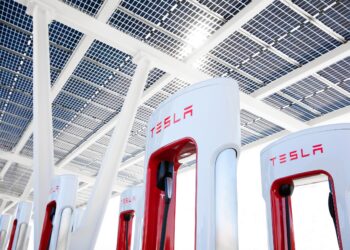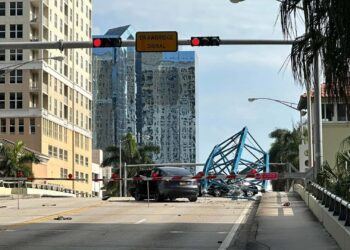
Tesla’s estimated global electric car order backlog has been quickly decreasing for several months now and most recently it dropped below 200,000 units.
According to Troy Teslike, who provides very interesting Tesla stats and forecasts, the estimated order backlog as of November 30, 2022 was roughly 190,000. That’s a significant decrease (by some 33%) compared to 285,000 at the end of October.
It was at nearly 300,000 at the end of September and through October, nearly 400,000 at the end of August, and close to 500,000 in the period between March and July.
The numbers are based on carefully tracked Tesla-related stats (production volume, average wait times), as shown in the attached tweet.
The number of 190,000 units corresponds to about 44 days of manufacturing capacity. Previously it was estimated at 78 days on September 21 and 70 days on October 6.
If the calculations are correct, then it means that Tesla’s production of new electric cars exceeds sales quite noticeably right now.
Here is another view of the changes in three main markets – the US, Europe and China. The highest decrease was recently noted in the US where the estimated order backlog was reduced by more than 100,000 within two months to less than 60,000 units as of the end of November.
That would explain why Tesla introduced some additional incentives to sell more cars in December.
In China, the order book dried out a few months earlier (average wait time is estimated at just 14 days), while Europe was still relatively stable.
There are multiple reasons why the balance between supply and demand changed. One of the most important things is that Tesla has significantly increased its manufacturing capacity.
The plants in California and in China can produce more cars than ever, while two new factories (one in Germany and one in Texas) adds on top of that.
Some say that demand in China weakened (there are some issues with lockdowns too) and the general economy seems quite challenging everywhere now.
In the US, an important piece of the puzzle is the Inflation Reduction Act (IRA), which significantly affected the $7,500 federal tax credit. Tesla EVs (at least some of them) will again be eligible for the full amount in 2023, which prompted many customers to delay the purchase.
As a result, three out of five Model 3/Model Y versions had no backlog at all (7-day wait times, according to the report).
If the estimated order backlog is shrinking, is there anything Tesla should worry about? Well, we can’t say anything for sure, but it’s not the end of the world.
Tesla’s sales in the US might improve starting on January 1, 2023 thanks to Model 3/Model Y’s eligibility for federal tax credit (up to $7,500 depending on the version). Europe still has some untapped potential, while China is hard to guess.
The situation is very dynamic, so let’s stay tuned for more reports.







